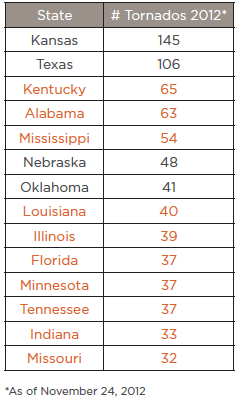July 4 may celebrate American independence but, when it comes to risk, you’re far from free.
“With school out for summer, the Fourth of July holiday is typically the busiest summer travel holiday, with five million more Americans traveling compared to Memorial Day weekend,” said AAA Chief Operating Officer Marshall L. Doney. “In line with tradition, most travelers are celebrating their newfound summer freedom with an all-American road trip.
” Gas prices are 20 cents higher than they were last year, but that is not going to stop even more people from driving – AAA Travel projects that 34.8 million people will be on the road over the holiday weekend.
Unfortunately, it is the deadliest time of year to be on the road. According to the National Highway Traffic Safety Administration, 40% of all motor vehicle traffic fatalities occur over the Fourth of July holiday weekend. It is also the time of year when the highest proportion of drivers get behind the wheel while under the influence, playing a role in almost half of those deadly crashes. Many states have already announced plans to increase DWI and distracted driving patrols, including New York, New Jersey, California, Colorado and Arizona.
Closer to home, fireworks present a notable safety risk for you and your home. In 2013, eight people died and an estimated 11,400 were injured by fireworks, and 65% of those accidents took place within a month of July 4, the U.S. Consumer Product Safety Commission reported. That is about 30% more than in 2012.
According to the National Fire Protection Association there are more fires reported on the Fourth of July than any other day of the year and a third of those fires are caused by fireworks. With extreme drought plaguing the western states, fireworks, outdoor grilling areas and camp fires require extra caution.
“Low water levels and extreme drought conditions in many states makes fire safety even more crucial this year,” Christopher Hackett, director of personal lines for the Property Casualty Insurers Association of America, said in a press release. “One ember from a camp fire or firework can travel and ignite a fire a mile away. It is critical that people follow state laws and take extra precautions to avoid causing preventable fires.”
“Fireworks are a great way for charities to raise funds and make childhood memories, but they can get out of control and turn fun into tragedy very quickly,” he added. “Let the Fourth be a reminder to not only prevent wildfires but also prepare our homes and family finances for catastrophes.”




